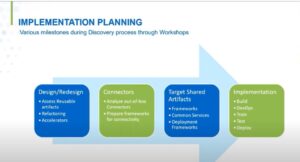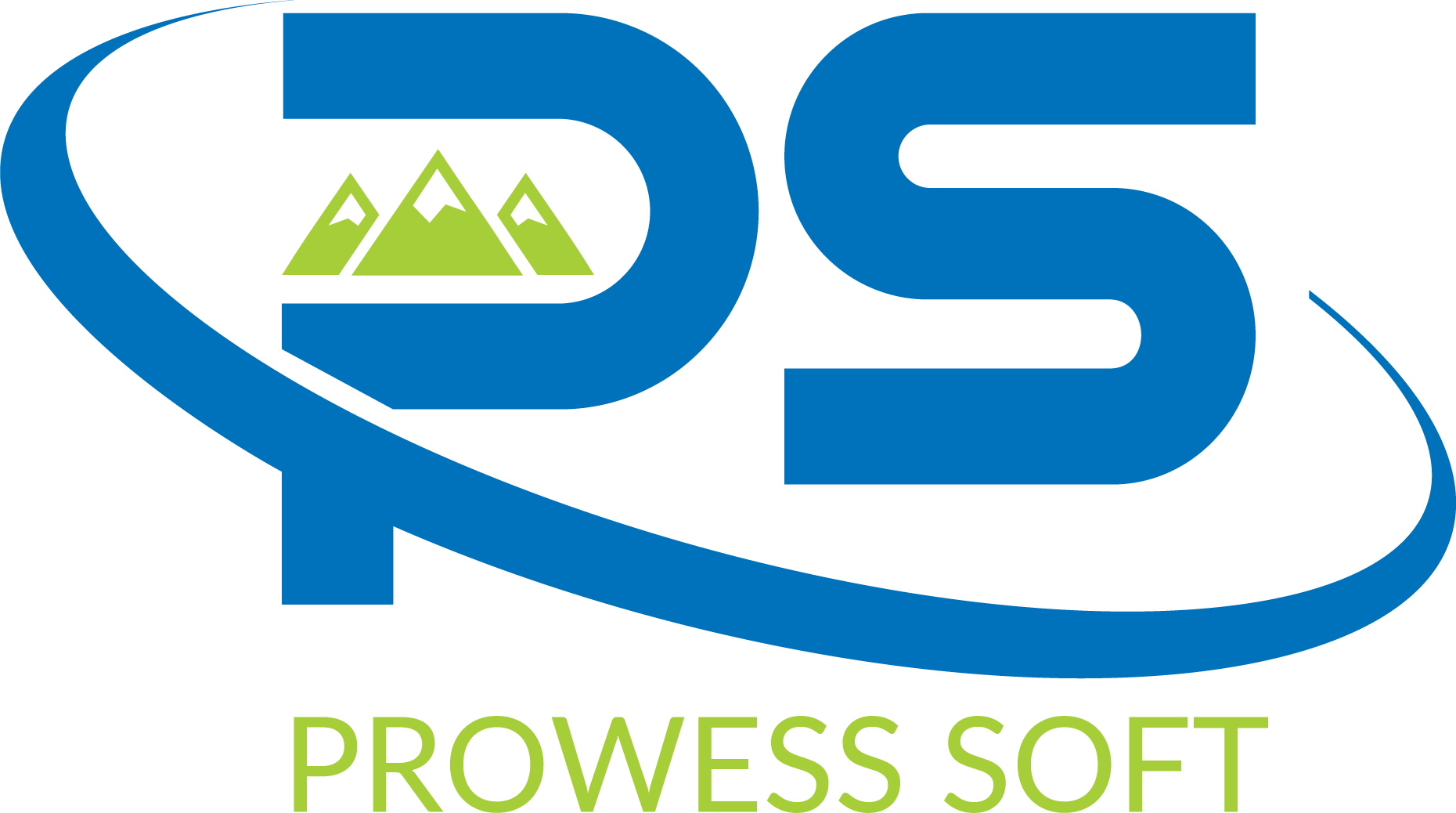Decision-making and Execution are the two pillars of a successful organizational strategy. The faster we finish with these two processes, the faster an organization scales new milestones.
Let’s think about the two processes on a personal level. You are sitting at home and want to indulge in leisurely activities. Think watching TV, listening to music, ordering your favorite food and other such vacation luxuries. All these activities involve “making a decision” and “executing it”. Just as we thought that switching to different devices and consoles was a necessity for completing these tasks, technology introduced us to smart devices like Alexa. Access to such devices allows us to complete these tasks through a single console and in a short time window.
Think of getting the same convenience on an organizational level. That is what Migration to MuleSoft is all about. The platform enables enterprises to unlock data across legacy systems, cloud apps and devices. The result is that your business can make faster and smarter decisions and scale ROIs while minimizing errors through automation.
Legacy Cloud Migration
The growing demand, or might we say the necessity of platform-as-a-service (PaaS), is a testament to the popularity of cloud migration services. In 2021, Gartner predicted that global end-user spending on public cloud services would grow 23.1% in 2021 to a total of $332.3 billion, up from $270 billion in 2020.
Legacy systems require huge capital to set up and thus sometimes become a hindrance to growth. The challenges are even greater when the business sees a sudden onset of growth or isn’t confined to one industry. Legacy Cloud Migration is considered the most-efficient way of solving this major pain point. MuleSoft APIs enable businesses to make this process seamless and more scalable. Through MuleSoft data migration, businesses can future-proof their legacy systems with cloud integration at a minimal cost.
Why Cloud Migration?
Evolving business needs
Initially, we started with large monolithic systems, moved on to service-oriented sites and again to microservices. Now, we are in the cloud era. Business needs have evolved. To provide a high-quality customer experience, cloud migration is essential as it consists of the latest technologies that are vital to scaling business needs. (To know why migration to the cloud matter for business, read the Moving to Cloud whitepaper from MuleSoft)
Adapting the underlying technologies
Technologies evolve with incomparable speed. Enterprises use multiple tools and technologies to adapt to evolving business needs. Thus, over time, the underlying technologies (in this case, the legacy system) need to be adapted as per the latest trends.
How to Build a Migration Strategy?
Of course, legacy cloud migration is easier said than done. A business needs to catch the pulse of a successful MuleSoft Migration Strategy before upgrading its legacy system. Prowesssoft is driven by the ethos, “Integration is in our DNA”. With 100+ certified MuleSoft consultants, we ensure your business gets a successful migration strategy. To better understand the whole process, let us deep dive into data migration using MuleSoft and the various strategies involved.
Triggers for Migration
There may be one or more triggers that showcase a need for migration. Here are the most prominent triggers for MuleSoft Data Migration.
Open Standards
As technology evolves, newer standards are introduced in implementing integration services. Owing to this, existing systems become obsolete. They need to be changed and standardized for external use through a secured API gateway during cloud migration.
Cloud Strategy
Many of the systems designed in the last decade lack the infrastructure and vision brought to light in the cloud era. Subsequently, these legacy systems need to be migrated to newer tools for a cost-efficient adaptation in accordance with the latest technologies to remove setup and maintenance costs of new infrastructure from the equation.
Microservices Architecture
Before cloud, the microservices architecture was predominantly used by enterprises. However, these applications aren’t apt for today’s business needs. To make these systems easily accessible for internal and external use, they need to be deployed in smaller units using cloud-native applications that are efficient to scale.
Reduce Technical Debt
Migration involves the decommissioning of the existing tool and integration of the newer tool. For this, an Enterprise Roadmap is the need of the hour. In which corporates upskill not only their legacy systems but also employees to adapt to the latest technologies.
High level steps for Migration
Towards building a successful cloud migration strategy, an enterprise has to incorporate the following high-level steps in the process.
- Discovery
- Implementation
- Release
Discovery
Here, we start with a detailed assessment of the existing requirements of the business. The discovery phase involves multiple meetings with stakeholders where the integration partner sets a Mule migration path, which involves feasibility studies, finalization of frameworks, and the above-mentioned assessments by the architecture team.

Implementation Planning
The frameworks decided in the discovery phase are used as a guide for development. These will help in completing the development phase at a faster rate. During the process, the applications are built and later sent for deployment. See the above illustration to better understand implementation planning. Prowesssoft ensures thorough training of your organization’s employees via workshops so they can completely understand the integration process.
Release
Mostly, this phase involves giving support to the new tools and keeping a check on the existing ones to prevent and solve errors if any.
Benefits
1.Use of Latest Technology
Your system would be upgraded using cloud technology to give you access to the latest technology.
2.Standardization
With cloud migration, you get standardized applications that follow well-defined SOPs.
3.Automation
Various tools are integrated that allow the automation of business processes that were previously done manually.
Accelerators
To automate certain manual tasks, various accelerators are integrated with your legacy systems.
40% Reduced Dev Time
The multiple migration projects that Prowesssoft has undertaken have seen a time reduction of about 40% in the development process.
Recommendations
Phase-wise Migration
We recommend going for phase-wise migration as it helps detect and identify issues that do not come to light till the onset of the MuleSoft API Migration process. This module helps to estimate the total time and effort needed to complete the process.
Upskilling & Training
At Prowesssoft, we provide hands-on training to your employees to ensure a smooth transition from legacy to modern cloud systems.
SOPs / Documentation
As your integration partner, Prowesssoft ensures that every part of the migration process is standardized and well-documented so that a phase can be revisited at any time to make the required changes.
Prowess Accelerators
With 1000+ years of collective integration expertise, Prowesssoft has built various accelerators to empower the integration process.
While migrating an integration platform from one tool to another, Eg. TIBCO to MuleSoft migration., certain accelerators are used. They automate various processes during migration, thus eliminating manual errors. Prowesssoft built the following three accelerators to reduce the time, effort and cost involved in the cloud migration process for your business.
- Schema Migration
- Sample Message
- Mapping
ProwessSoft a MuleSoft partner, empowers businesses by driving digital transformation and initiative that involves moving to the cloud. To know more on MuleSoft Integration and our accelerators, feel free to contact.
Storyline Ref:
https://www.mulesoft.com/resources/esb/data-migration-solution

